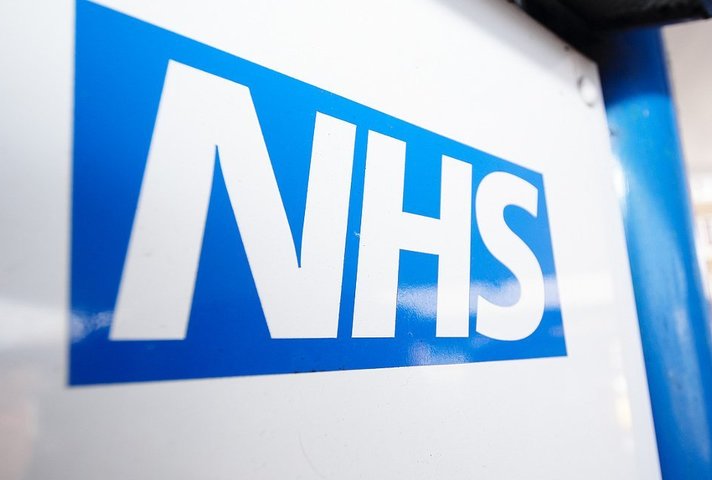London Ambulance Service to kit out 60 staff with devices in 16-week trial
Credit: Martin Addison/CC BY-SA 2.0
Paramedics in the capital will be able to use an iPad to access patients’ summary care records (SCR) on the go during a trial programme run by the London Ambulance Service.
The 16-week pilot, which has been developed by NHS Digital, will allow about 60 medics based at Camden Ambulance Station to access info by using the NHS Identity authentication service. This removes the need for them to either access data via the N3 national health-service network, or carry a smart card to gain access.
The ability to obtain personal care information on a mobile device will enable paramedics to treat patients quicker, while also reducing A&E admissions, NHS Digital said. SCR data includes information on long-term medical conditions, prescriptions, allergies, and previous treatments.
Related content
- DHSC plans £30m refresh of ambulance computing devices
- Paramedics to be kitted out with body-worn cameras
- Review into London Ambulance Service New Year outage reveals ‘significant shortcomings in IT processes’
Stuart Crichton, chief clinical information officer at London Ambulance Service, said: “This trial is an exciting opportunity to use technology to improve our patient care. By being able to securely access patient information on a tablet device at the patient’s side, our clinicians will have more information at their fingertips, enabling them to provide better and more informed care. This trial is at the forefront of our use of pioneering technology to bring about real change to the care we provide, and we hope to be able to roll this system out across the capital.”
Over the course of the trial, users are encouraged to provide feedback on functionality and potential improvements. The goal is to roll the service out throughout London in due course, and also expand its scope to include Android and Windows devices.
Mike Walker, the NHS digital’s programme head for NHS Identity, said: “This mobile solution has been implemented very quickly in a real-world environment, providing meaningful insight that will inform future direction. I am extremely proud of the team. They have worked hard to get this capability built, enabled and deployed. We hope to see that this brings real benefits to the working day of medics and A&E staff and, most importantly, to patients.”



